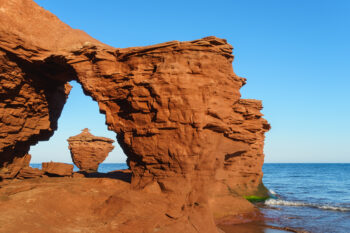Effects of Temperature and Pressure on State Science Games
10 gamesIn this series of games, your students will learn how and why substances undergo phase changes. The Effects of Temperature and Pressure on State learning objective — based on NGSS and state standards — delivers improved student engagement and academic performance in your classroom, as demonstrated by research.
Scroll down for a preview of this learning objective’s games and the concepts they drive home.
Concepts Covered
Atoms and molecules are the particles that make up matter. A substance’s state of matter — solid, liquid, gas, or plasma — depends on how its molecules move and maintain their volume and shape.
Particles are in constant motion, but they interact differently depending on the state of matter.
- Solid – particles stay in contact with each other, vibrating in place but not moving relative to each other, maintaining the solid’s shape and volume.
- Liquid – particles stay in contact, but they are able to move relative to each other. Liquids change shape based on their container, but maintain their volume.
- Gas – particles do not stay in contact, although they can collide. They move quickly relative to each other. Gases expand or contract to fill the available space, meaning they don’t maintain their shape or volume.
A substance’s state of matter is an extrinsic property, meaning it can be changed by its environment. Physical conditions like temperature and pressure affect state of matter. Both temperature and pressure can be measured, and state changes can be observed.
When thermal energy is added to a substance, its temperature increases, which can change its state from solid to liquid (melting), liquid to gas (vaporization), or solid to gas (sublimation). When energy is removed, the opposite happens, decreasing the substance’s temperature and turning it from liquid to solid (freezing), gas to solid (deposition), or from gas to liquid (condensation).
When the pressure exerted on a substance increases, it can cause the substance to condense. Decreasing pressure can cause it to vaporize. For some types of rock, decreasing pressure can also cause them to melt.
A preview of each game in the learning objective is found below.
You can access all of the games on Legends of Learning for free, forever, with a teacher account. A free teacher account also allows you to create playlists of games and assignments for students and track class progress. Sign up for free today!






